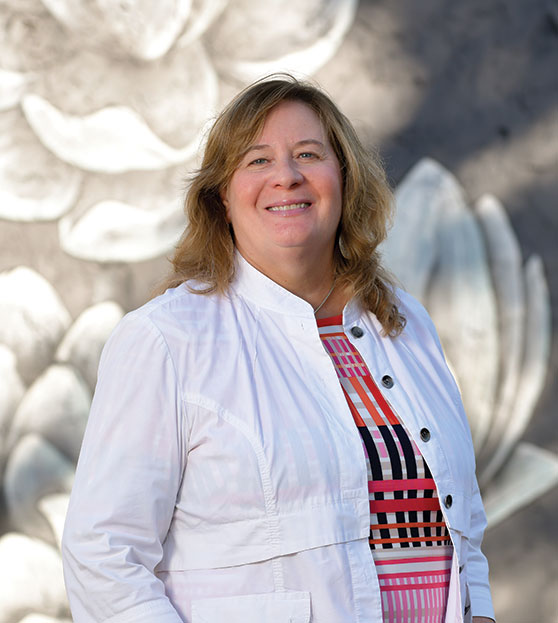What Alternative High Schools Are Getting Right
Laura Pardo, Ph.D. | Evert J. and Hattie E. Blekkink Professor of Education
Flexibility. Low student-teacher ratios. Valuing relationships more than attendance.
Dr. Laura Pardo is finding that successful alternative high schools have these features, among others, in common. She wants to equip aspiring teachers to replicate their impact in traditional schools, too.
“There are some things that we can pull from, as a profession, that can help any kind of school be more supportive for all students,” she says.
Pardo prepares Hope education majors to teach middle school and high school. She has a keen sense of the competing interests of two goals: rigorous preparation for the college-bound, and social and emotional education of all students.
She’s concerned that the first crowds out the second in many traditional high schools. “Some kids aren’t motivated. They say stuff’s boring. They don’t see applicability to their lives,” she explains. For some of them, alternative high schools — parochial, charter and technical schools — can turn things around.
Alternative schools, Pardo says, have more bandwidth for social-emotional learning that builds “soft skills” employers look for. For instance, they help students learn to advance their own ideas without alienating others, and grasp that talking with a neighbor isn’t cheating — it’s collaborating.
Curriculums are emerging that teach these things, she reports. “I want my students, as future teachers, to know that that’s part of what they’re signing on for. That’s what Christ commissioned us for,” she says.
During her 2018 sabbatical, Pardo began research about how alternative high schools in Michigan motivate and educate students. Combing through data, speaking with students and asking how districts assess the impact of their social-emotional strategies, she is looking for trends and patterns.
She asks nuts-and-bolts questions, but subjective ones, too. How do you know your teachers care? How did you learn about setting goals? “Kids will tell you whether this school is supporting their physical, academic and social needs,” she says.
One marker of a high school’s success is its graduation rate. Pardo notes that in West Michigan and nationally, most alternative high schools have graduation rates close to the conventional schools in their home districts. She’s found it troubling to learn, though, that some alternative schools have “dismal” rates as low as 10 to 30 percent. Pardo has found some research that suggests that schools “might be ‘encouraging’ students who are not likely to graduate (and thus have the potential to lower the traditional high schools’ graduation rates) to attend an alternative high school.” She’ll explore this further as her research continues.

